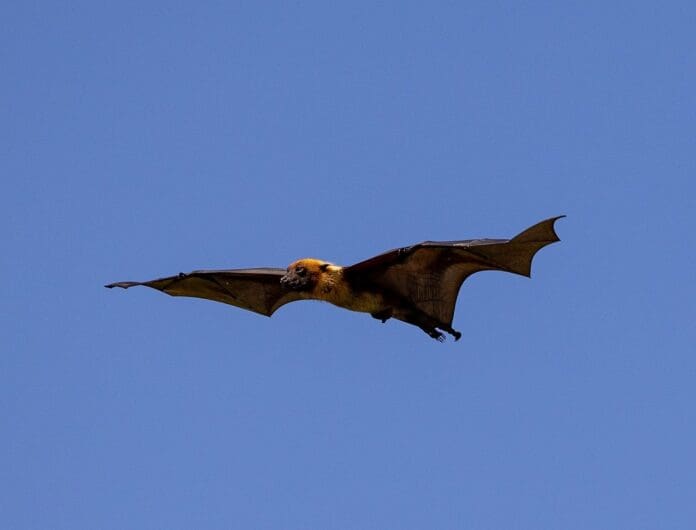This post is also available in:
 עברית (Hebrew)
עברית (Hebrew)
In a fascinating study that could reshape aerial vehicle design, researchers from the Unsteady Flow Diagnostics Laboratory at EPFL have discovered how flexible wings can outperform rigid ones, offering new potential for drones. Their findings, inspired by the unique flying abilities of bats, reveal that flexible wings generate smooth airflow over their curved surface, significantly improving efficiency.
According to TechXplore, this breakthrough came from studying how flexible, silicone-based membrane wings behave when exposed to airflow. The team found that, unlike traditional rigid wings that rely on a leading-edge vortex for lift, flexible wings create a smooth flow of air along the wing’s curve, generating greater lift than rigid wings of the same size. However, there’s a catch: the curvature must be just right. If the wing is too flexible, it underperforms, highlighting the importance of optimal wing design.
The team was inspired by bats, whose highly flexible membrane wings allow them to fly efficiently while expending less energy than many other flying animals. Bats use their wing flexibility to adapt to varying air currents and maintain precise control while hovering. By replicating this flexibility in their experimental design, the researchers sought to mimic the efficiency observed in bat flight.
Using a flexible membrane mounted on a rigid frame, the researchers observed the airflow over the wing in a water tank mixed with tracer particles. According to TeckXplore, their experiments revealed that the wing’s natural deformation prevented vortex formation, instead allowing the airflow to glide smoothly, thus increasing lift.
These findings not only provide valuable insights for biologists but also hold promise for engineering applications. According to Alexander Gehrke, the study’s first author, this research could lead to more efficient aerial vehicles, especially as drones continue to shrink in size. Smaller drones are more vulnerable to aerodynamic disruptions, and incorporating flexible, flapping wings inspired by bats could allow for better hovering capabilities and more effective payload transport.
The paper was published in the Proceedings of the National Academy of Sciences.


























